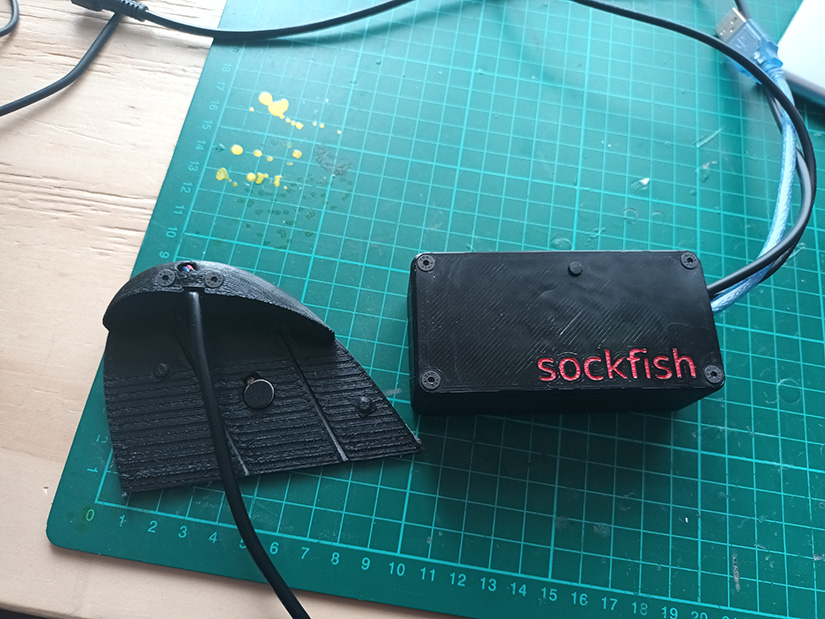How Could Chess Cheating Actually Work?
Recently, top-level chess has had some interesting moments, with the top-ranked player in the world publicly refusing to play a suspected cheater - a big enough story to make international news reports.
While the allegations are damning and significant to those who follow professional chess, they are also interesting from an engineering perspective. How would chess cheating work? One answer comes from a recent DIY project known as Sockfish - a shoe-mounted chess computer made by UK-based Maker James Stanley

Sockfish - a play on words of the open source chess engine Stockfish it runs - works through 3d-printed shoe inserts, each with force-sensitive resistors and vibration motors. This ingenious interface allows players to input opponent moves, and receive back the correct moves to play completely silently, while retaining a concentrated, intense chess-appropriate expression, of course!
The full build is documented on his blog, and it is important to note that the timing is purely coincidental. That said, James is planning an upgraded version, and while it's all in good Maker fun, it's got to be a little alarming for hardware chess lovers that cheating only requires a Pi Zero, a few force-sensing resistors and a vibration motor!














































Leave your feedback...